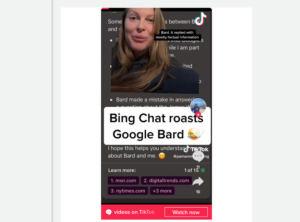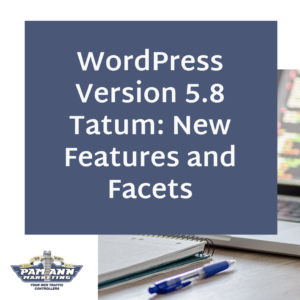 (This article was updated March 2014)
(This article was updated March 2014)
Optimizing your website incorrectly can cause you to become banned from Google. Google has an approximate 70% market share in the search industry, so getting banned from Google can effectively negate nearly all of your online marketing efforts. And no one is safe; even J.C. Penney and Overstock.com have received the boot from Google for doing it wrong.
“White Hat” SEO vs. “Black Hat” SEO
There are two ways of doing search engine optimization: the correct way, referred to as “white hat”, and “black hat”, the incorrect way. Black hat techniques break the rules of search engines and involve tactics such as:
- Keyword stuffing (high keyword densities)
- Invisible or hidden text (blending the colors of the text with the color of the background)
- Doorway (hidden) pages
- High quantities of irrelevant links pointing to the site and use of link farms
- Duplicate content (many pages with the same text)
Black hat techniques may indeed work quite well for a time, until Google picks up on it, and then you’re finished. It takes a lot of time, money, and effort to undo the SEO that you already paid to have done, in order to be considered for re-entry into Google’s index.
How to Spot a “Black Hat” SEO “Professional”
People practicing “black hat” SEO will often downplay the importance of, or dodge questions relating to, the following:
- Proper keyword density (acceptable ranges hover around 2% to 4%)
- The role that PageRank plays (not the be-all-end-all, but most certainly not obsolete)
- The role of the meta keywords tag in rankings (it doesn’t play a role)
- The role of the meta description tag (no bearing at all on rankings, but makes words appear in bold on the search results page, which draws the eyes of the searcher to that result)
- Content visibility
- Duplicate content and the role of the canonical tag
- Inbound link quality/authority
- The role of anchor text in inbound links
- The difference between what they do and black hat approaches
- The nickname and purpose of the latest Google major algorithmic update
(early 2011 update was named “Panda” a.k.a “Farmer” and it focused on the rewarding of content quality and relevance, as well as the discouragement of “content farms” and overuse of on-page advertising)(Latest significant update was named “Penguin” and was aimed at devaluing sites with “over-optimization” and “webspam”).(Latest significant update was named “Hummingbird” and was intended to make Google better at semantic search (i.e. answering full-question queries like “What is the closest sports arena to Morristown, NJ?”) - The importance of Authorship and structured data (Schema) markup
If you’re thinking about hiring an SEO consultant or firm, simply use the above list to guide your initial discussion. Regardless of how much you do or don’t know about SEO, using the above as talking points will allow you to “quiz” your candidates before hiring them, helping you discern the true professionals from the smooth-talking crooks.
Free SEO Report Card
- New Domain or Subdomain? Which is Better for SEO? - October 13, 2023
- Bing Chat Roasts & Rap-Battles Google Bard! - March 23, 2023
- 2 Great Events Next Week + GA4 Tips! - January 13, 2023






